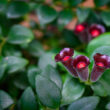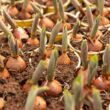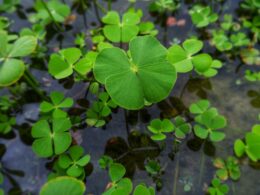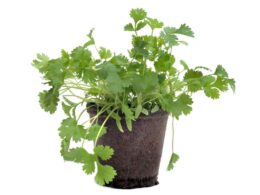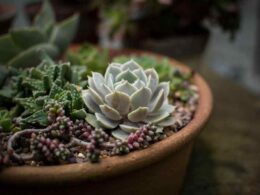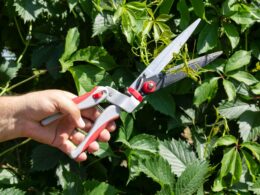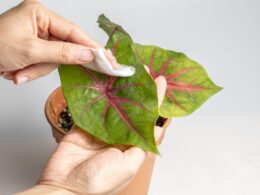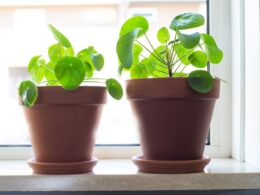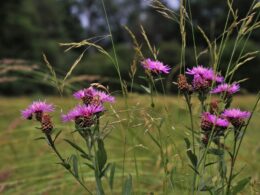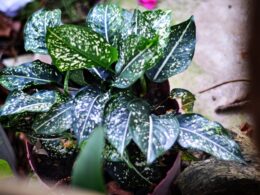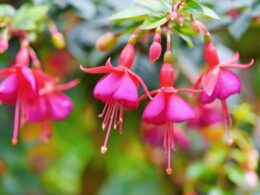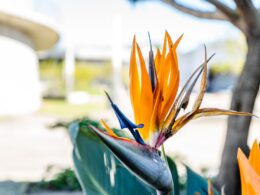Bromeliaceae Family
Bromeliads are a type of plant that belongs to the bromeliaceae family. This family includes over 3000 species of plants, many of which are native to tropical climates. Bromeliads are often found in rainforests, but they can also be found in other habitats such as deserts and mountains.
Tillandsia
The most common type of bromeliad is the Tillandsia, which is also known as the air plant. Tillandsias don’t have roots; instead, they get their nutrients from the surrounding air. Other types of bromeliads include Aechmeas, Billbergias, Guzmanias, and Neoregelias.
Basic Bromeliad Plant Care
Bromeliads are relatively easy to care for, but there are a few things you need to keep in mind. First, bromeliads like bright, indirect sunlight. If you live in a tropical climate, your bromeliad will probably do fine outside. However, if you live in a temperate climate, it’s best to keep your bromeliad indoors near a window where it can get plenty of light.
Drainage
Second, bromeliads need good drainage. When watering your bromeliad, be sure to water the soil around the plant, not the center cup or leaf axils. Bromeliads are susceptible to root rot, so it’s important to make sure that the roots are not sitting in water.
Fertilizing
Third, bromeliads need to be fertilized regularly. Use a balanced fertilizer that is high in nitrogen and low in phosphorus. Bromeliads are not heavy feeders, so you don’t need to use a lot of fertilizer. Once a week should be sufficient. Do you need more tips on bromeliad plant care tips? Keep reading!
Propagation
If you want to grow bromeliads, you’ll need to understand how to propagate them. The most common way to propagate bromeliads is by dividing the plants into smaller clumps. You can also propagate bromeliads by taking stem cuttings or using rooting hormones.
Bromeliad Light Requirements
Most bromeliads require bright, indirect sunlight in order to thrive. If they’re placed in too much sun, the leaves will begin to yellow and the plant will eventually die. However, if they do not receive enough sunlight, they will become leggy and weak. The best way to determine how much light your bromeliad needs is to observe the color of the leaves.
If they are a deep green, then the plant is getting enough light. If the leaves are pale or yellow, then the plant needs more light.
Placement
Bromeliads also need good air circulation in order to prevent fungal diseases from taking hold. For this reason, it’s important to choose a location that gets some breezes throughout the day. Overall, a bromeliad is a relatively low-maintenance plant that can add some beauty and interest to your home.
Watering Bromeliad Houseplants
Bromeliads are relatively easy to care for, but they do require some special attention when it comes to watering. Here are some tips to help you water your bromeliad plants:
- Bromeliads prefer to be watered from the bottom up. Fill a tray with water and set the plant in it so that the roots can soak up the moisture.
- Avoid getting water on the leaves, as this can cause them to rot.
- Water your bromeliad plants every two weeks or so, depending on the climate you live in. More frequent watering may be necessary in hot, dry climates.
- Be sure to empty the tray after each watering so that the roots do not sit in water and rot.
Common Concerns with Bromeliads
Bromeliad plant care is easy to care, but there are a few common problems that can occur. Here are some of the most common problems with bromeliads:
Root rot is a common issue with bromeliads. This can be caused by overwatering or by allowing the roots to sit in water. Be sure to water your bromeliad from the bottom up and allow the soil to dry out between watering.
Mealybugs and Fungal Disease
Bacterial soft rot can also be a problem, especially if the leaves are allowed to stay wet. Keep the leaves dry and provide good air circulation around the plant. Fungal diseases, such as powdery mildew, can also be a problem. Again, good air circulation is vital in preventing these diseases. Bromeliads are also susceptible to mealybugs and scale. These pests can be controlled with insecticidal soap or horticultural oil. Be sure to follow the directions on the label carefully.
Getting Your Bromeliad to Bloom. Final Tips
Bromeliads are one of the most popular houseplants, but getting them to bloom can be a challenge. While some bromeliads will bloom naturally indoors, others require a little extra care until they get baby pups. Here are some tips for getting your bromeliad to bloom.
Light & Water
First, make sure that your plant is getting enough light. Bromeliad plant care dictates bright, indirect light in order to bloom. If your plant is not getting enough light, it may never bloom. Second, bromeliads need to be well-watered, but not waterlogged. Water the soil around the plant, being careful not to get water on the leaves. Allow the soil to dry out somewhat between watering.
Fertilizing & Air Circulation
Bromeliads need to be fertilized regularly. Use a balanced fertilizer that is high in nitrogen and low in phosphorus. Bromeliads are not heavy feeders, so you don’t need to use a lot of fertilizer. Once every two weeks should be sufficient. Finally, bromeliads need good air circulation in order to bloom. Choose a location for your plant that gets some breezes throughout the day.
How Often Do Bromeliads Flower?
Do bromeliads only flower once? Many people believe that bromeliads only flower once, but this is actually not always the case. While some bromeliads will naturally bloom indoors, others require a little extra care. If you give your green pet some TLC, you might see some flowers again in ca. three years.
By following these tips, you can help your bromeliad plant stay healthy and bloom for many years to come. They make a beautiful addition to any home and with proper bromeliad plant care, these tropical beauties can thrive indoors. If you have any questions or comments, please feel free to leave them below.






